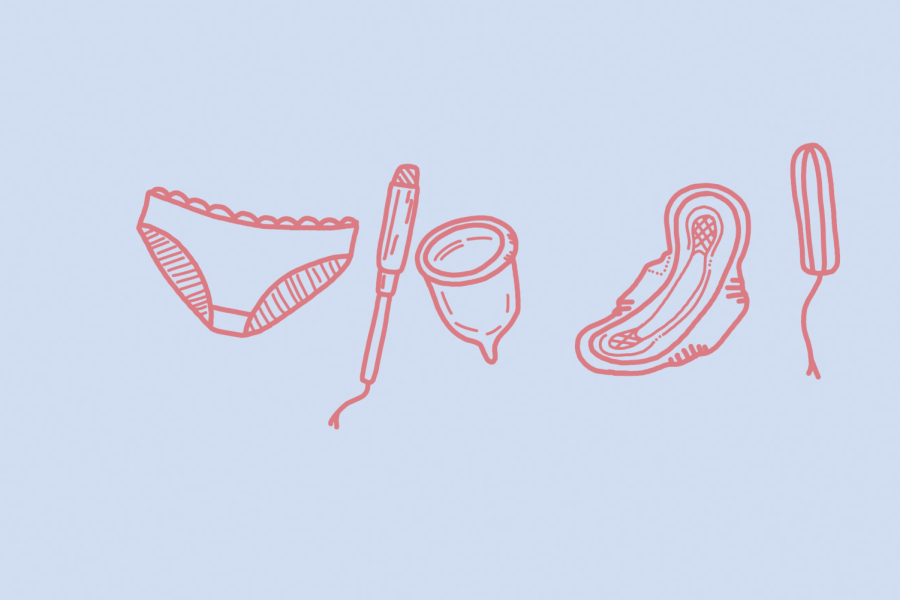Why we should stop using plastic tampons
Abandoning plastic applicators could help us improve our planet’s climate.
Feb 6, 2020
It’s the beginning of a new year, and to me, this year is all about awareness. Awareness of myself, and what’s going on around me. I am aware of the state our planet is in, and how my actions, no matter how small, can add to or reduce our problem of waste. Every day, we purchase non-compostable or non-recyclable materials and mindlessly throw them in the trash. Although some of these materials can seem unavoidable or maybe even essential, I can assure you that you can live without them.
In recent years, the Save The Turtles movement has encouraged and promoted the use of reusable alternatives for plastic straws, water bottles, and bags in an effort to limit the amount of plastic that is put into our oceans. In response, many students have stopped using straws and gladly gone out to purchase metal, bamboo, or wooden alternativesto go with their Hydro Flask water bottles. By my observation, and even participation, I have seen students shamed for using plastic straws with verbal assaults like “what, do you hate the turtles or something?” or “turtle killer”. While members in the Tam community have been active in eliminating plastic water bottles and straws from their lifestyles, there is another plastic product that I strongly feel we should all drop from our lives: plastic tampon applicators.
I, of course, understand the appeal of plastic applicators. Periods are uncomfortable already and using a plastic applicator makes things a bit easier in a time of pain and emotional distress. However, I have been using cardboard instead of plastic applicators for years, and I can confidently say that I see almost no difference between them. Comparisons aside, I feel like I am making a positive change in my lifestyle and for the planet by not using plastic.
To put the amount of waste produced from these tampons into perspective, consider this: if the average period length is 5 days, and you use around 4 tampons per day, you have disposed of about 20 applicators by the end of your period. The average person has around 12 periods per year, and if your period is consistent, you would dispose of 240 applicators by the end of the year. The amount of time a plastic applicator takes to decompose is longer than the lifespan of the person who used it. According to an article by Organicup, the average user throws away 275 to 330 pounds of waste from plastic tampons and pads in their lifetime. If this number still doesn’t seem surprising for you, here’s another number to keep in mind. Tam High has around 1,527 students. If half of the population menstruates, that’s around 760 menstruators. If each student used 240 applicators per year, we would be disposing of 182,400 plastic applicators by the end of the year.
If even a quarter of those people switched to an alternative, that number would decrease by 45,600.
Luckily, there are many options aside from plastic applicators.
Alongside cardboard tampon applicators, menstrual cups and brands of underwear are designed as a tampon/ pad alternative. Thinx underwear is available at Macy’s, and menstrual cups, such as the Diva Cup, are available at CVS, Target, and Rite Aid. Additionally, tampons are available that come with no applicator, and are available at Walgreens and CVS. If you are interested in this type, DAME and Thinx make reusable tampons applicators that are available to order online. These cost between 30 and 60 dollars, but make the no plastic transition much more comfortable if you prefer to stick to tampons, but hate cardboard applicators. DAME provides biodegradable, chemical-free tampons for $5 a box and can be used with the DAME applicator which is self-sanitizing and doesn’t require to be boiled after each cycle, just rinsed after each use.
I strongly encourage you to consider your waste production this year and maybe even eliminate plastic applicators from your life. They are easily replaced and without them, you can make a significant difference. Let’s save the turtles.




